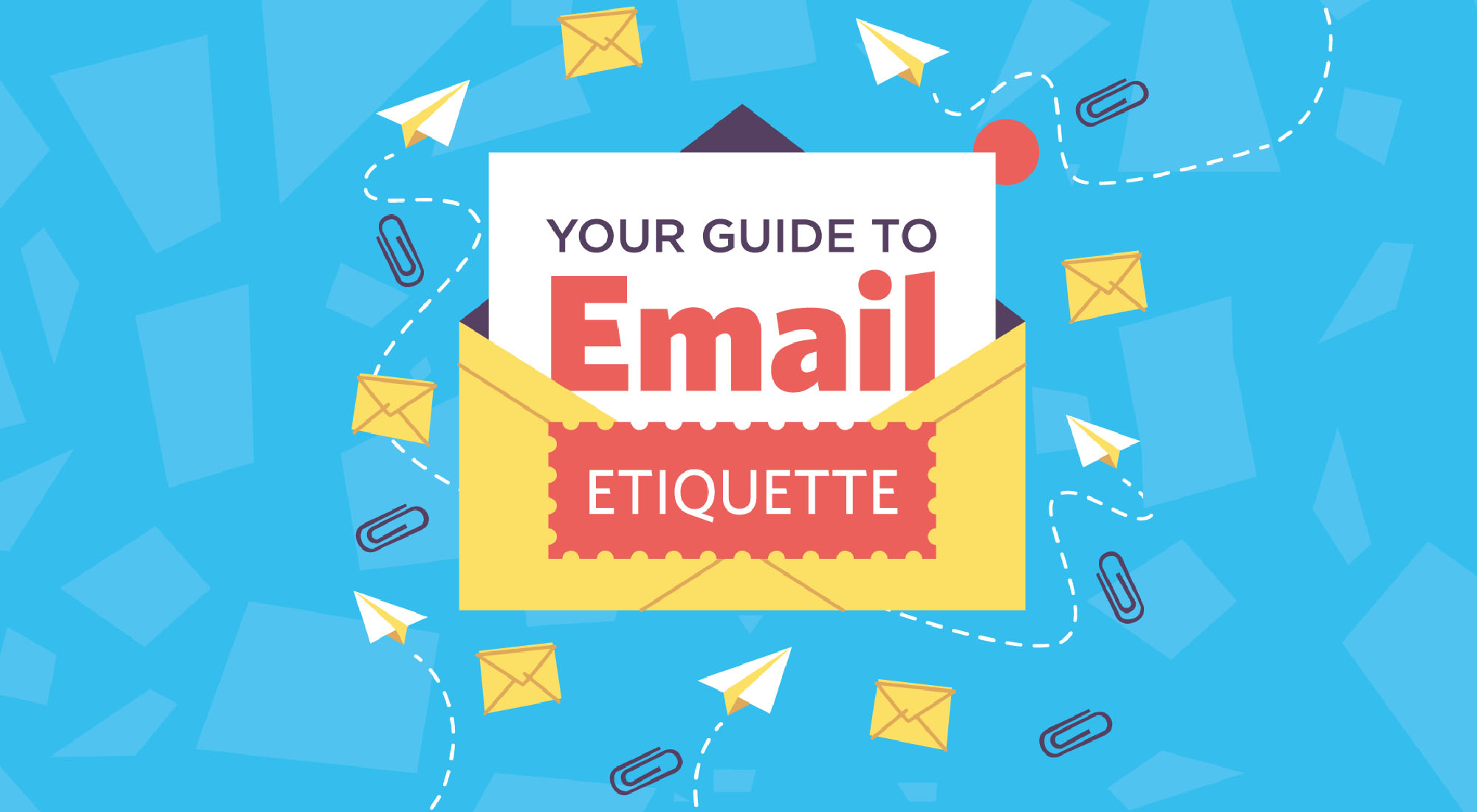Whether you're a senior professional, a CEO or an office newbie, here are 8 must-remember dos and don'ts of business email etiquette.
Few things can tarnish your professional brand quite like a poorly written, misguided email. One click of the "send" button can be the difference between a successful business exchange and a potential HR issue or co-worker conflict.
To avoid most common professional email use mistakes, here are must-remember dos and don’ts of business email etiquette:
1. Do pay attention to the subject line.
Write a clear, concise subject line that reflects the body of the email. Avoid subject lines with “Hi,” “Touching Base” or “FYI,” and do not leave a subject line blank.
2. Do use a proper salutation.
Remember “Hi” and “Hey” communicate a lack of professionalism and maturity. Begin your email with phrases such as “Good Morning,” “Good Afternoon,” “Good Evening” or “Hello.” “Good Day” or “Greetings” are other phrases used frequently in the international arena.
Do know the culture.
When sending email to people from indirect cultures, it is proper protocol and a best practice to research country customs. For example, in Japan it is polite, appropriate and customary to inquire about the weather in the first sentence of a business email. Contrastingly, it would be inappropriate to send an email introducing yourself to a potential Japanese contact. In indirect cultures, introductions are only made by mutually respected third parties due to custom; cold emails are ignored, deleted, blocked and/or marked as junk.
4. Do double-check your attachments.
When you attach a file, be kind enough to take a few extra seconds to paste it into the body of the email as well. This shows consideration to the recipient, by saving them time and risk in opening attachments. Is this more time consuming for you? Yes. Is it worth it? Yes.
5. Don’t hit “Reply All.”
Avoid using “Reply-to-All” unless everyone needs to know. When the C-Suite (CEO/COO) or administrative assistant sends an email to 10 staff members requesting volunteers for a community service project, reply to the admin, not to all 10 members. Why make 10 others delete your email? Reply-to-All is a function for ongoing deliberations on a particular subject.
6. Do reply expediently.
Replying within 24 hours is common courtesy. Leaving someone hanging for any longer and you are not only perceived as rude -- it could cost you business in the long run. If you’ve unintentionally kept someone waiting longer than 24 hours or extenuating circumstances arose, politely explain the situation and express your apologies.
7. Do proofread.
Check and recheck for spelling and grammatical errors. These errors make you seem unprofessional and will reduce the likelihood that the email will be taken seriously. Email software comes with many professional tools such as spell check -- use them.
8. Don’t forget the conversation closer.
By letting the recipient know that a response isn’t needed, the email cycle doesn’t continue on in perpetuity. Close with “No reply necessary,” “Thank you again,” “See you at the board meeting Tuesday” or “Please let me know if I may be of further assistance.” End your email with a closing such as “Best,” “Best Regards,” “Sincerely,” “Thank you” or another appropriate phrase.

